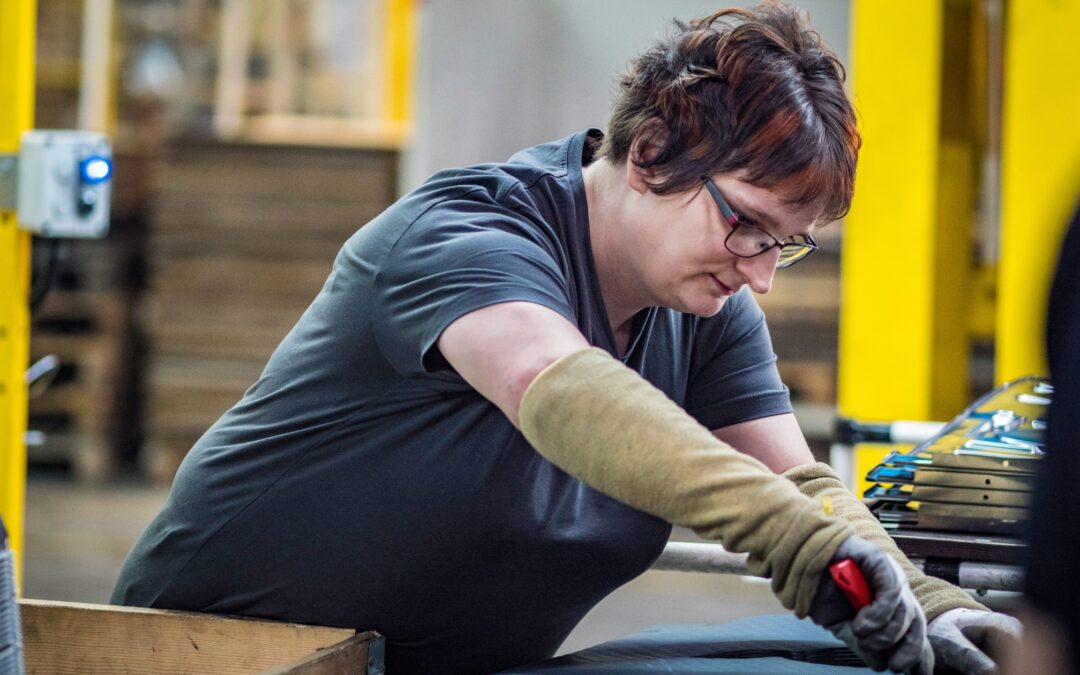The process of lean manufacturing seeks to minimize waste in the manufacturing process. That waste can include everything from physical waste to time waste. For a business interested in saving money and maximizing profits, lean manufacturing may seem like a great idea. However, this manufacturing process has its pros and cons. Let’s talk about them.
The Pros and Cons of Lean Manufacturing
First, the most significant benefit of lean manufacturing is reducing waste. Lean manufacturing can effectively minimize waste which inevitably lowers production costs for the company. Another benefit of the lean manufacturing process is that the simplified production process lowers the amount of equipment you need. This makes the manufacturing process easier and leaves less room for errors and defects.
Even though lean manufacturing is an excellent manufacturing process, it still has its flaws. One of the major flaws of lean manufacturing is equipment failure. Equipment failure may not seem like a big deal, but when you’re working in an environment with little room for error, equipment failure can be devastating. Equipment failure can lead to inconsistent deliveries, disappointed customers, and frustrated employees. The lean manufacturing process can also face issues if products are back-ordered. Because lean manufacturing does not allow for stockpiling materials, a supply shortage can devastate the manufacturing process.
The lean manufacturing process has been popular for decades, but even though it has many benefits, it still has some disadvantages. The main benefit of utilizing a lean manufacturing process is that it significantly reduces waste. However, this waste reduction comes with a flaw. If products are back-ordered, it can mean devastation for the lean manufacturing process. Even despite its flaws, the lean manufacturing process is used all over the manufacturing world. If you are interested in lean manufacturing for your product, Alfred Manufacturing and our team of manufacturing experts can help.

